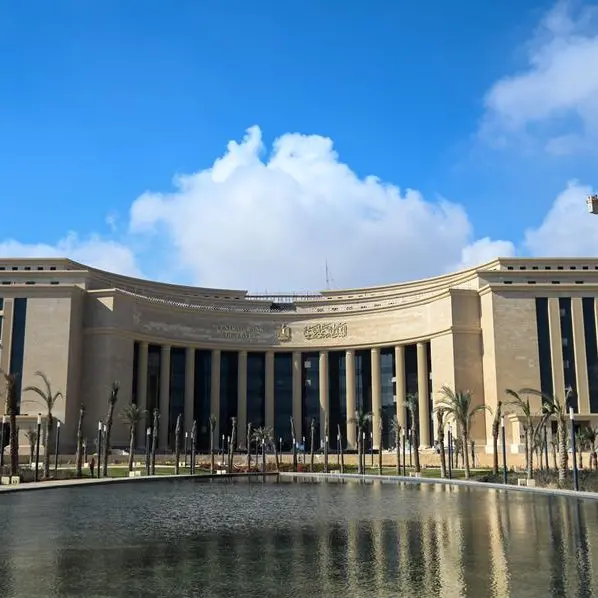The serious loss of desert wilderness worldwide is being stemmed on a small scale in the UAE, through an initiative to have more desert tracts protected as natural reserves.
"The Environment Agency of Abu Dhabi [EAD] is currently working to establish a protected areas system plan representing different habitats and ecosystems of the emirate," said EAD SecretaryGeneral Majid Al Mansoori.
The goal, he said, is the reservation of 15 per cent of the emirate's landscape, for integrated management.
Al Mansoori was responding to recent United Nations Environment Programme reports that said that while the world's deserts are growing, bio-diverse desert wildernesses is declining.
The loss of the sanctity of the desert would lead to a loss of the plants and animals that are dependent on a desert's fragile and complex ecosystem, leaving behind only barren wastelands. In order to fight the march of time against the UAE's natural landscapes, the EAD is currently working on increasing the number of protected areas that it manages.
"The EAD is in the process of establishing more protected areas within the emirate of Abu Dhabi, where such sites are characterised by richness of biodiversity, unique landscape, and representative healthy habitats, besides the potential to be developed for sustainable tourism," Al Mansoori said.
Areas that the EAD considers high priorities for protection include Jebel Hafeet, Umm Al Zumul and a number of other coastal sectors.
Jebel Hafeet is a mountain that straddles both Oman and the UAE, and is known for its hot springs.
The dry hills of the mountain range are also home to the desert's illusive bats, foxes and snakes.
Umm Al Zumul lies in Abu Dhabi's south-eastern region and represents the meeting point for the UAE, Oman and Saudi Arabia. It is known for its dunes and saltflats, which are home to the honey badger, sand gazelle, Ruppell's fox and brown-necked raven.
The EAD will also be releasing some 90 highly endangered Arabian oryx into Umm Al Zumul, by the end of the year, to replenish the region's dwindling stock of the iconic animal.
"This is a continuous release that will continue for the coming years," the EAD official added.
The UN report estimates that desert wilderness - those areas where there are no nearby roads, will decline from just under 60 per cent of the current total desert area to just over 30 per cent by 2050.
"Species such as desert bighorn sheep, the Asian Houbara bustard and California desert tortoise, that are sensitive to fragmentation of habitat or poaching, induced by increased access to areas previously not accessible to people, will be affected significantly by this change," it warns.
By Zarina Khan
© Emirates Today 2006




















